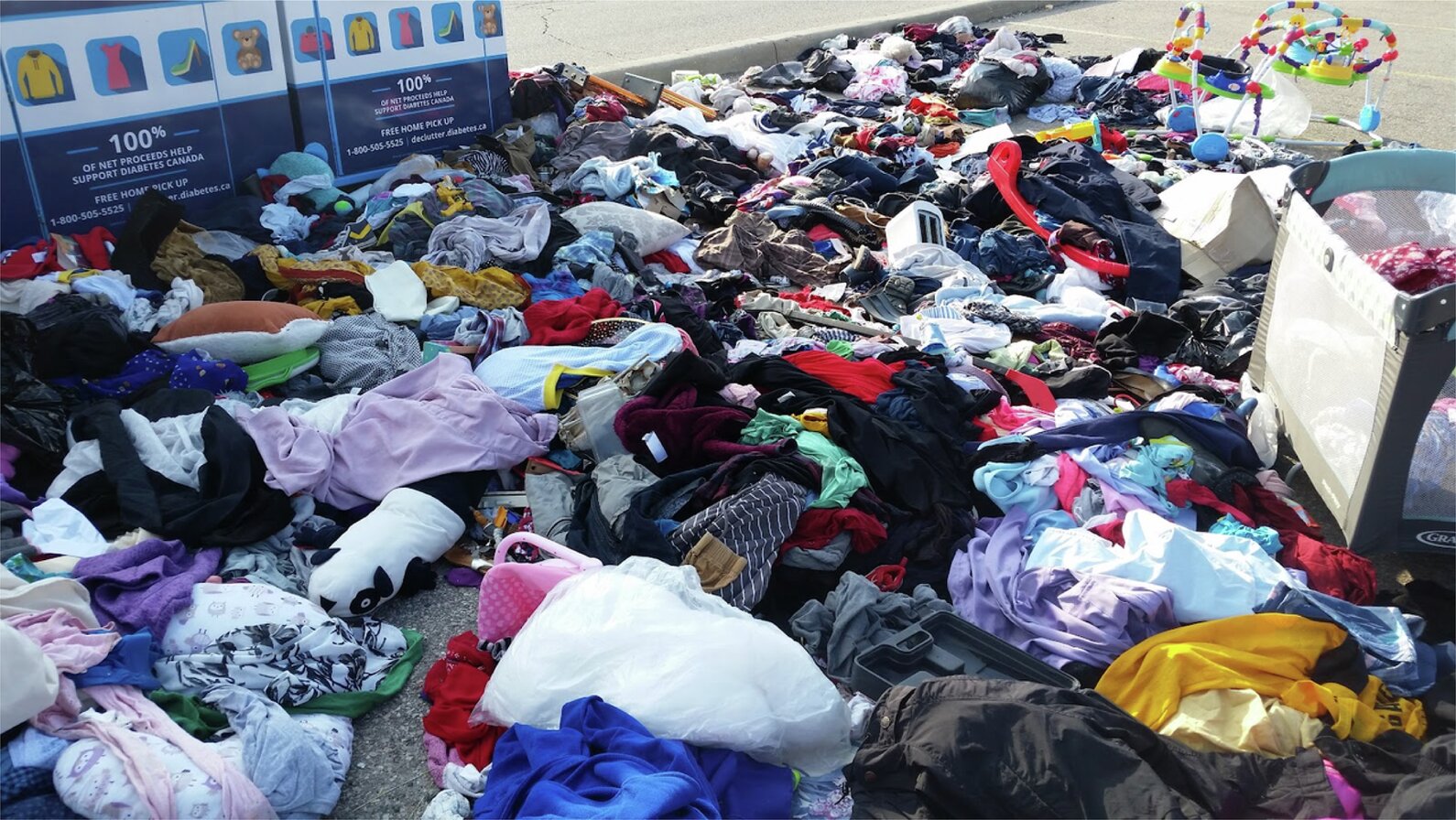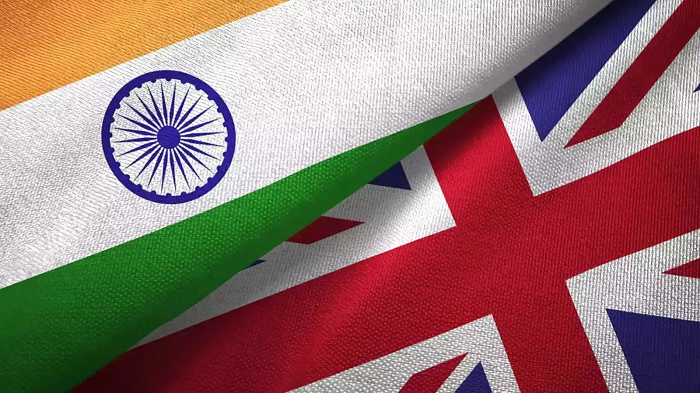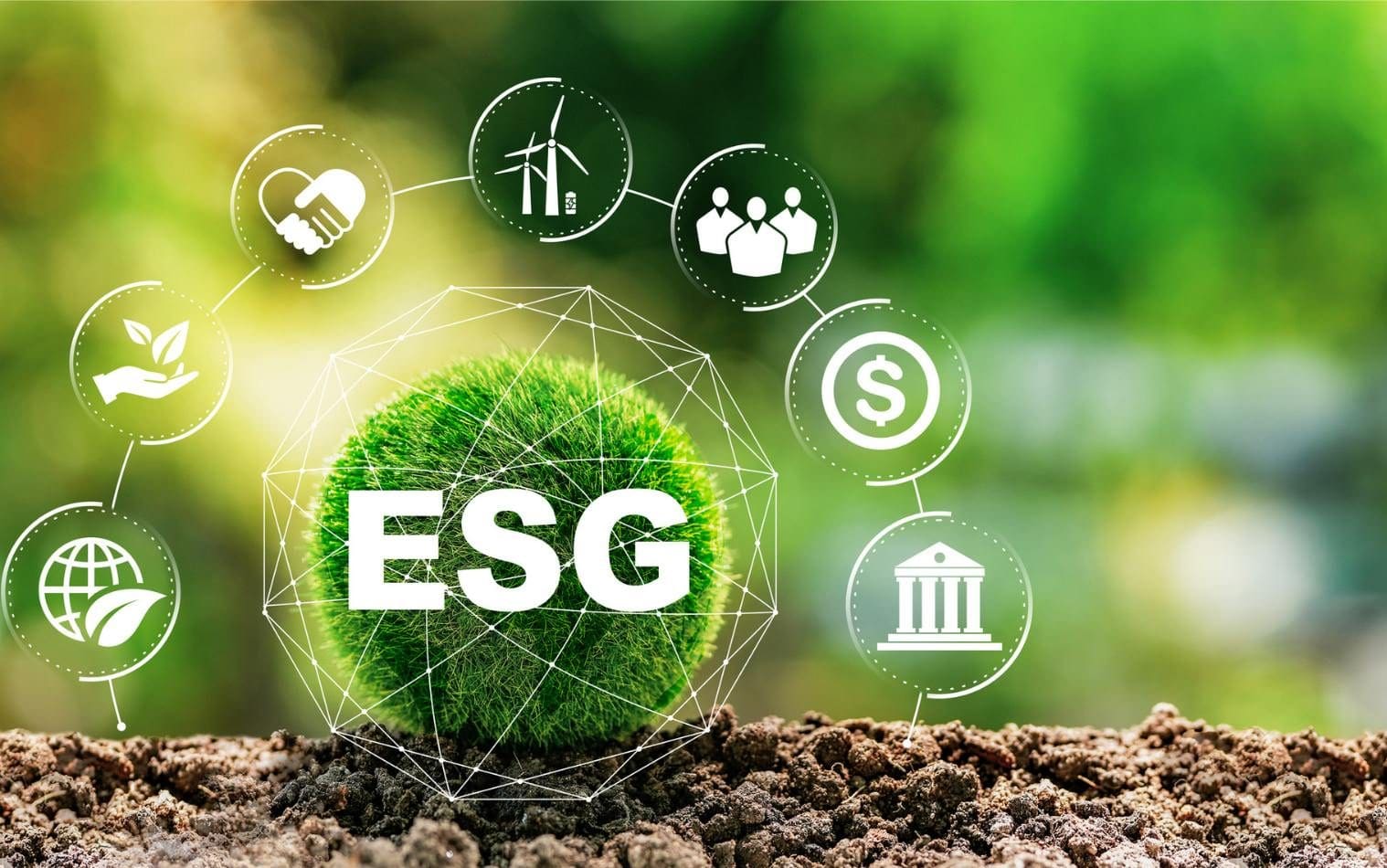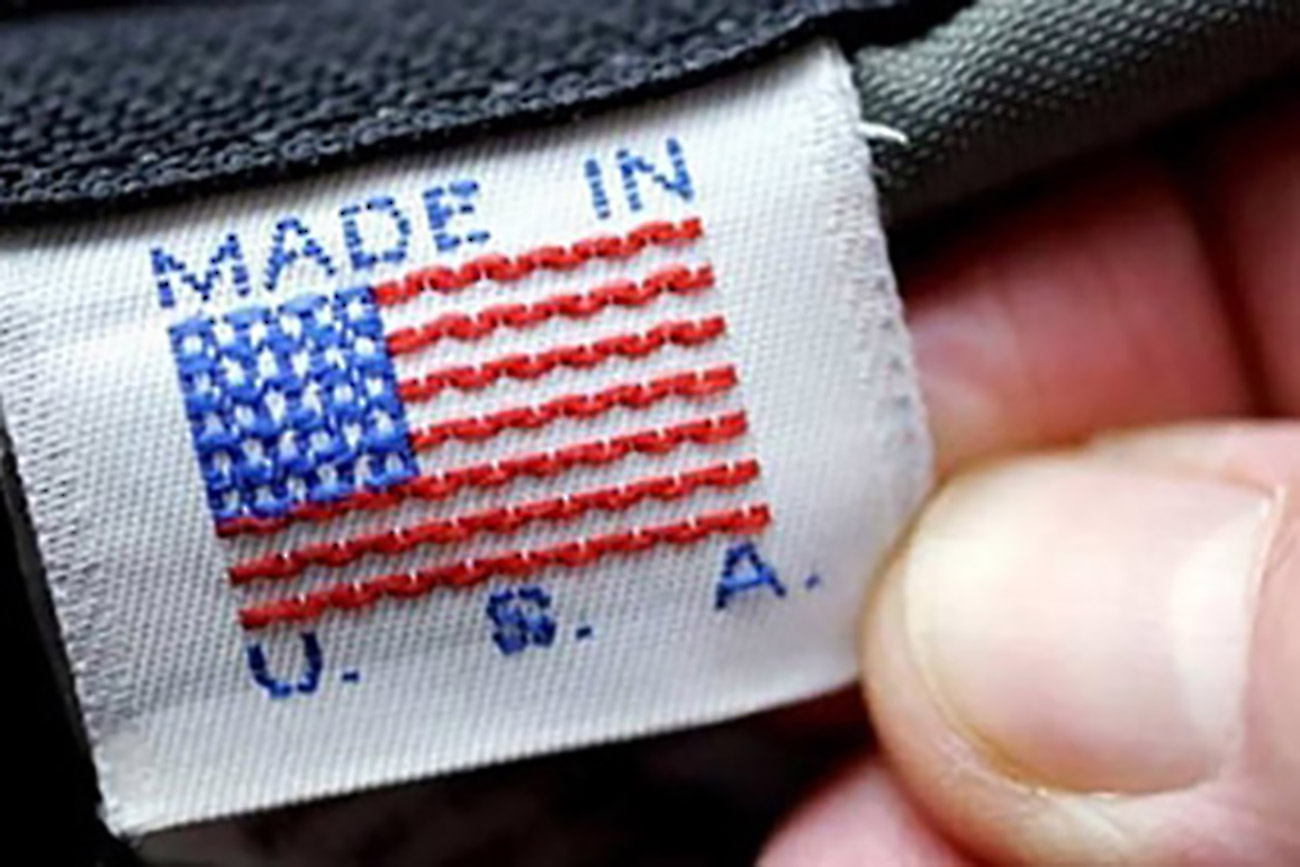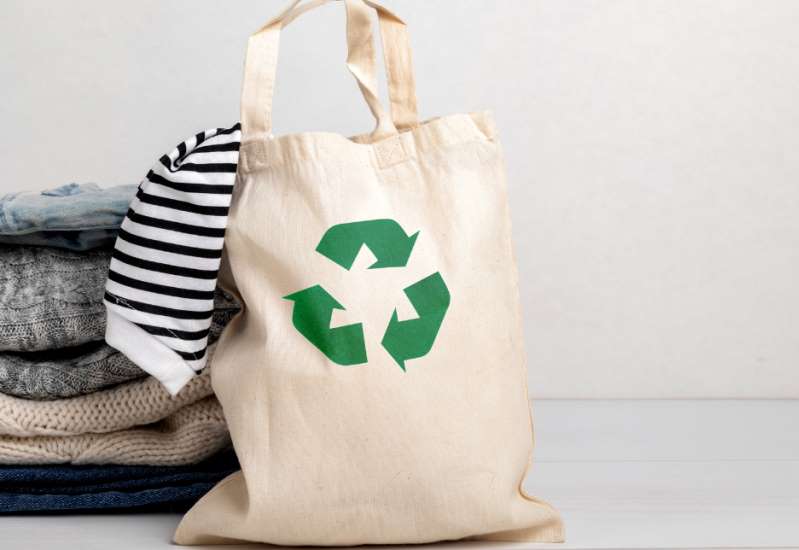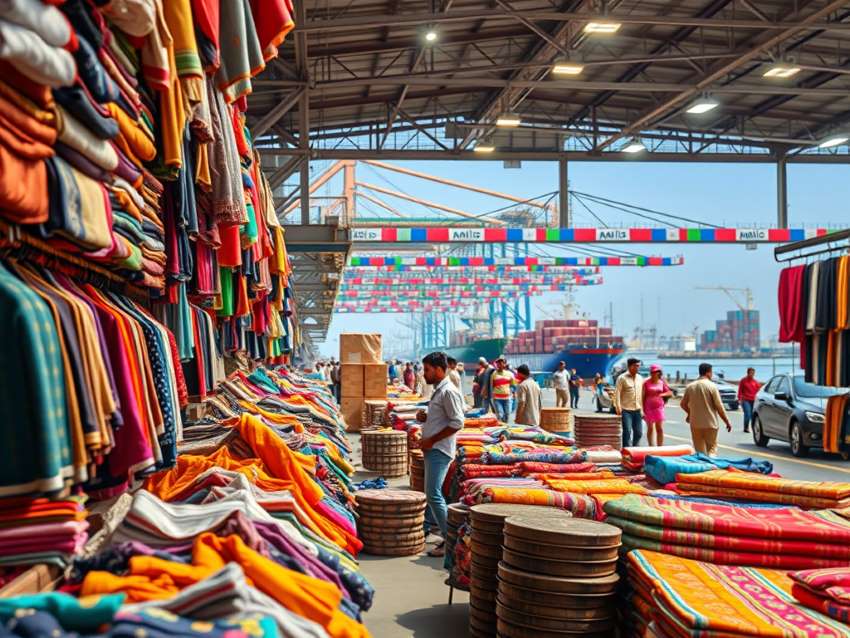"Considered as the most popular fibre in the world, synthetic fibres account for about 65 per cent of world production versus 35 per cent for natural fibres. Most synthetic fibres (approximately 70 per cent) are made from polyester, and the polyester most often used in textiles is polyethylene terephthalate (PET)."
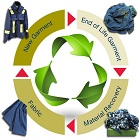
Considered as the most popular fibre in the world, synthetic fibres account for about 65 per cent of world production versus 35 per cent for natural fibres. Most synthetic fibres (approximately 70 per cent) are made from polyester, and the polyester most often used in textiles is polyethylene terephthalate (PET).
Majority of the world’s PET production – about 60 per cent – is used to make fibres for textiles; about 30 per cent is used to make bottles. It’s estimated that it takes about 104 million barrels of oil for PET production each year – that’s 70 million barrels just to produce the virgin polyester used in fabrics. That means most polyester – 70 million barrels worth – is manufactured specifically to be made into fibres, not bottles, as many people think. Of the 30 per cent of PET used to make bottles, only a tiny fraction is recycled into fibres. But the idea of using recycled bottles – ‘diverting waste from landfills’ – and turning it into fibres has caught people’s attention.
The green proposition
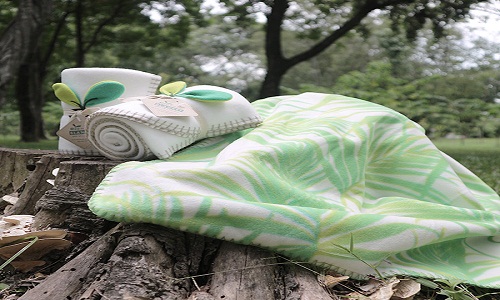
There are specifically two reasons that support sustainability quotient of recycled polyester (or rPET): Energy needed to make rPET is less than what was needed to make the virgin polyester in the first place, so we save energy and we are keeping bottles and other plastics out of the landfills. But because rPET is divided into ‘post-consumer’ PET and ‘post-industrial’ rPET: post-consumer is one that comes from bottles; post-industrial might be the unused packaging in a manufacturing plant, or other byproducts of manufacturing. The ‘greenest’ option is the post-consumer PET, and that has driven up demand for used bottles. Indeed, the demand for used bottles, from which recycled polyester fibre is made, is now outstripping supply and cynical suppliers are now buying new, unused bottles directly from bottle producing companies to make polyester textile fibre that can be called recycled.
Recycling phenomenon
There are two types of recycling – mechanical and chemical. Mechanical recycling is done by melting the plastic and re-extruding it to make yarns. However, this can only be done few times before the molecular structure breaks down and makes the yarn suitable only for the landfill where it may never biodegrade, may biodegrade very slowly, or may add harmful materials to the environment as it breaks down (such as antimony). William McDonough calls this ‘downcycling’.
Chemical recycling means breaking the polymer into its molecular parts and reforming the molecule into a yarn of equal strength and beauty as the original. The technology to separate out the different chemical building blocks (called depolymerisation) so they can be reassembled (repolymerisation) is costly and almost nonexistent. Most recycling is done mechanically. Chemical recycling creates a new plastic which is of the same quality as the original but the process is expensive.
The base colour of the recycled polyester chips vary from white to creamy yellow, making colour consistency difficult to achieve, particularly for the pale shades. Some dyers find it hard to get a white, so they’re using chlorine-based bleaches to whiten the base. Inconsistency of dye uptake makes it difficult to get good batch-to-batch color consistency and this can lead to high levels of re-dyeing, another very high energy process. Re-dyeing contributes to high levels of water, energy and chemical use. Unsubstantiated reports claim that some recycled yarns take almost 30 per cent more dye to achieve the same depth of shade as equivalent virgin polyesters.
Many rPET fibres are used in forgiving constructions such as polar fleece, where the construction of the fabric hides slight yarn variations. For fabrics such as satins, there are concerns over streaks and stripes. Once the fibres are woven into fabrics, most fabrics are rendered non-recyclable because the fabrics almost always have a chemical backing, lamination or other finish, or they are blends of different synthetics (polyester and nylon, for example).
Although bottles, tins and newspapers are routinely recycled, furniture and carpets usually end up in landfill or incinerators, even if they have been designed to be recycled because project managers don’t take the time to separate out the various components of a demolition job, nor is collection of these components an easy thing to access.

